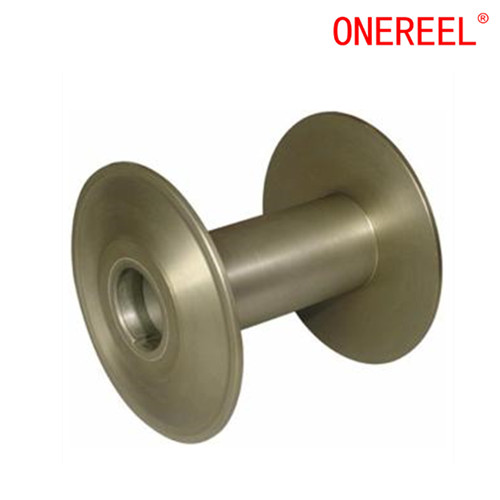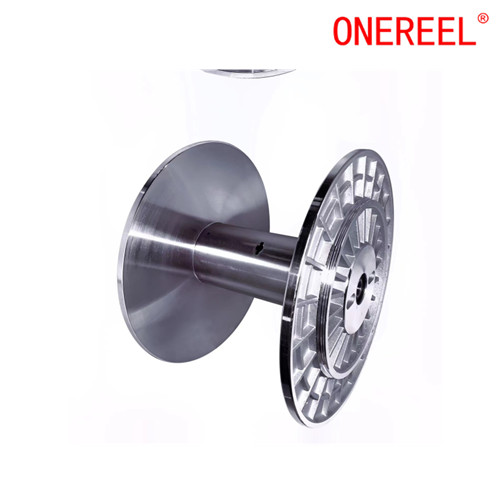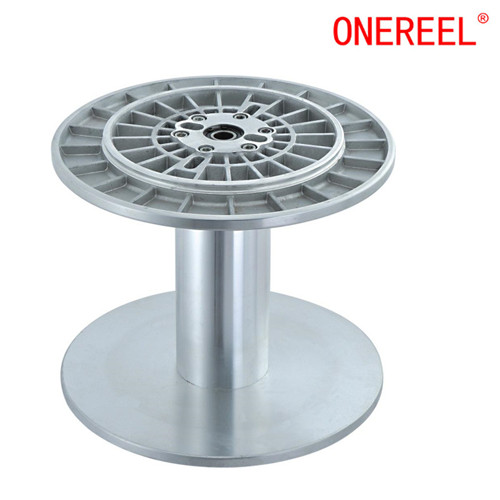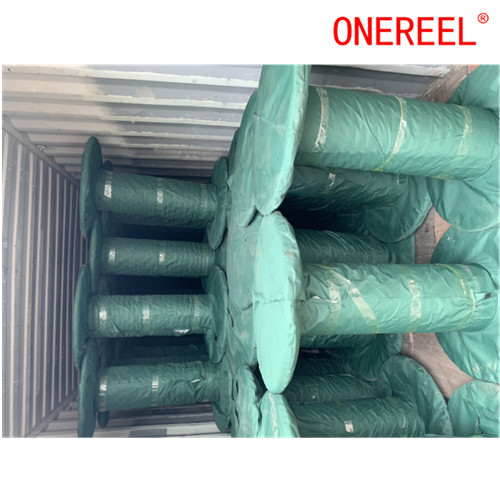
 English
English  Español
Español Português
Português русский
русский Français
Français 日本語
日本語 Deutsch
Deutsch tiếng Việt
tiếng Việt Italiano
Italiano Nederlands
Nederlands ภาษาไทย
ภาษาไทย Polski
Polski 한국어
한국어 Svenska
Svenska magyar
magyar Malay
Malay বাংলা ভাষার
বাংলা ভাষার Dansk
Dansk Suomi
Suomi हिन्दी
हिन्दी Pilipino
Pilipino Türkçe
Türkçe Gaeilge
Gaeilge العربية
العربية Indonesia
Indonesia Norsk
Norsk تمل
تمل český
český ελληνικά
ελληνικά український
український Javanese
Javanese فارسی
فارسی தமிழ்
தமிழ் తెలుగు
తెలుగు नेपाली
नेपाली Burmese
Burmese български
български ລາວ
ລາວ Latine
Latine Қазақша
Қазақша Euskal
Euskal Azərbaycan
Azərbaycan Slovenský jazyk
Slovenský jazyk Македонски
Македонски Lietuvos
Lietuvos Eesti Keel
Eesti Keel Română
Română Slovenski
Slovenski मराठी
मराठी Srpski језик
Srpski језик
Features and Uses of Warp Beam
2023-06-14
Warp beams are characterized by their sturdy construction, unique design, and specific features that contribute to their functionality and reliability in textile manufacturing.

Another notable feature of warp beams is their construction using durable materials such as steel or aluminum. These materials provide strength and stability, allowing the beam to withstand the tension exerted by the warp yarns during weaving. The beam is often designed with flanges or discs on both ends to secure the warp yarns in place and prevent them from unraveling or tangling during the weaving process.
Warp beams also feature a variety of mechanisms for tension control and adjustment. Tensioning devices, such as ratchet wheels or brakes, are incorporated into the beam to ensure the proper tension of the warp yarns. These mechanisms enable weavers to regulate the tension according to the specific requirements of the fabric being produced. Proper tension control is crucial for achieving uniformity in the woven fabric and preventing issues such as yarn breakage or irregularities in the fabric structure.

The versatility of warp beams is evident in their compatibility with different types of weaving looms. Warp beams are designed to fit various loom sizes and configurations, allowing for easy installation and integration into different weaving setups. They can be used in both manual and automated looms, making them suitable for a wide range of textile manufacturing processes.
In textile production, warp beams are utilized in various weaving applications. They are commonly used in the production of fabrics for apparel, upholstery, home textiles, and technical textiles. Warp beams enable the weaving of different yarn types, including natural fibers like cotton or silk, synthetic fibers like polyester or nylon, and specialty yarns such as metallic or conductive yarns. The versatility of warp beams allows for the creation of a diverse range of fabrics, from lightweight and delicate materials to heavy-duty and technical textiles.

Moreover, warp beams play a crucial role in enhancing the efficiency and productivity of textile manufacturing. The large capacity of the warp beam reduces the frequency of yarn changes and improves the continuous operation of the weaving process. This leads to increased productivity, reduced labor costs, and improved overall production output.

In conclusion, warp beams are essential components in the weaving industry, offering various features and advantages that contribute to the efficiency and quality of textile manufacturing. Their large capacity, sturdy construction, and tension control mechanisms ensure the smooth operation and uniformity of woven fabrics. With their compatibility with different loom types and versatility in accommodating various yarn types, warp beams are indispensable tools for producing a wide range of textiles. From apparel to technical textiles, warp beams play a vital role in the production of high-quality fabrics in the textile industry.






